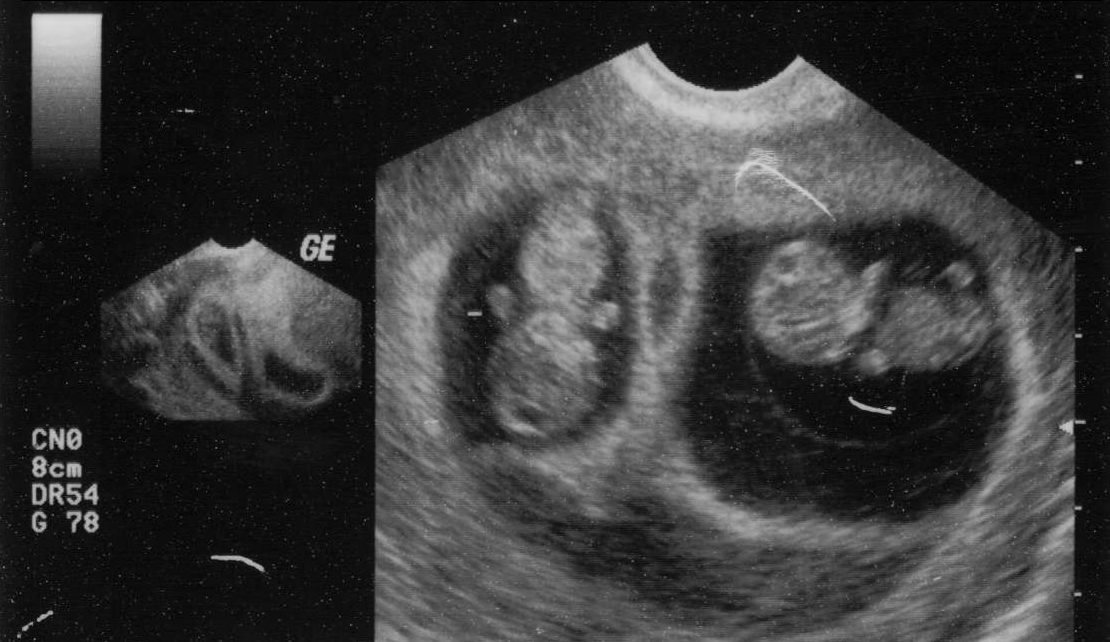
by Dr. Phaedra Ledbetter
Revolutionary changes in reproductive technology have made it possible for infertile heterosexual married couples, unmarried heterosexual couples, single individuals, and gay and lesbian couples to have children. Surrogacy is both the oldest and most controversial of reproductive innovations (Cicccarelli, Janice & Beckman, 2005, p. 1). Prior to the introduction of modern assisted reproductive technology, traditional or partial surrogacy was the only way to help women who had no uterus or had abnormalities of the uterus to have children. In the Old Testament (as cited in Brinsden, 2003), Serai, was unable to bear a child for Abraham, so she suggested that Abraham “go unto my maid Hagar; it may be that I may obtain by her” (p. 483). At the age of 90, Abraham fathered Ishmael by Hagar in one of the earliest records of traditional surrogacy. Also depicted in the Old Testament (as cited by Smerdon, n.d., p. 2), Jacob’s wife, Rachel also commissioned her maid Bihhah to have a child by sleeping with Jacob. In Hindu mythology, stories of surrogacy reflect the culture of secrecy that still pervades in families created by these new technologies (Smerdon, n.d., p. 2).
Reproductive technology makes it possible to now artificially inseminate surrogate hosts with the semen of the intended father in a procedure known as “genetic” “traditional’, “straight surrogacy” or “partial surrogacy”(Brinsden, 2003, p. 483). Artificial insemination (AI) procedure has been used in surrogacy arrangements for over 100 years, and can been performed without medical assistance; with the use of a turkey baster (Ciccarelli, 2005). In this type of arrangement, the impregnated woman is the birth and genetic mother, the intended father is the genetic father, and the commissioning mother becomes the social mother who typically does not have viable eggs, or cannot carry a pregnancy. When a donor egg is used, the genetic mother, gestational mother and commissioning mother are three separate people.
In gestational surrogacy, the resulting child is not birthed by the commissioning mother. Also known as In ‘full “ or ‘host’ surrogacy, the surrogate mother is purely gestational and is not genetically related to the child she contractually carries. The commissioning mother’s eggs are fertilized with her male partner’s sperm using IVF, and the embryo is transferred and implanted into the gestational surrogate’s uterus. Gestational surrogacy is considered an option when the female partner of the commissioning parents has viable eggs but cannot carry a pregnancy to term. The commissioning, intended, social or contracting couple contracts with the surrogate. Families created by surrogacy differ from the traditional family in that the gestational mother and the social mother are not the same. Unlike adoption, the pregnancy is created with the “deliberate intention of handing over the child to the commissioning couple” (Wallbank, 2002, p. 276).
References
Brinsden, Peter. (2003). Gestational surrogacy. Human Reproduction, 9(5), 483-491.
Smeardon, U., R. (2008) Crossing bodies, crossing borders: International surrogacy between the United States and India. Cumberland Law Review. 39(1). p. 15-85. Retrieved from: http://www.childtrafficking.com/Docs/smerdon_08_cross_borders_1009.pdf



Recent Comments